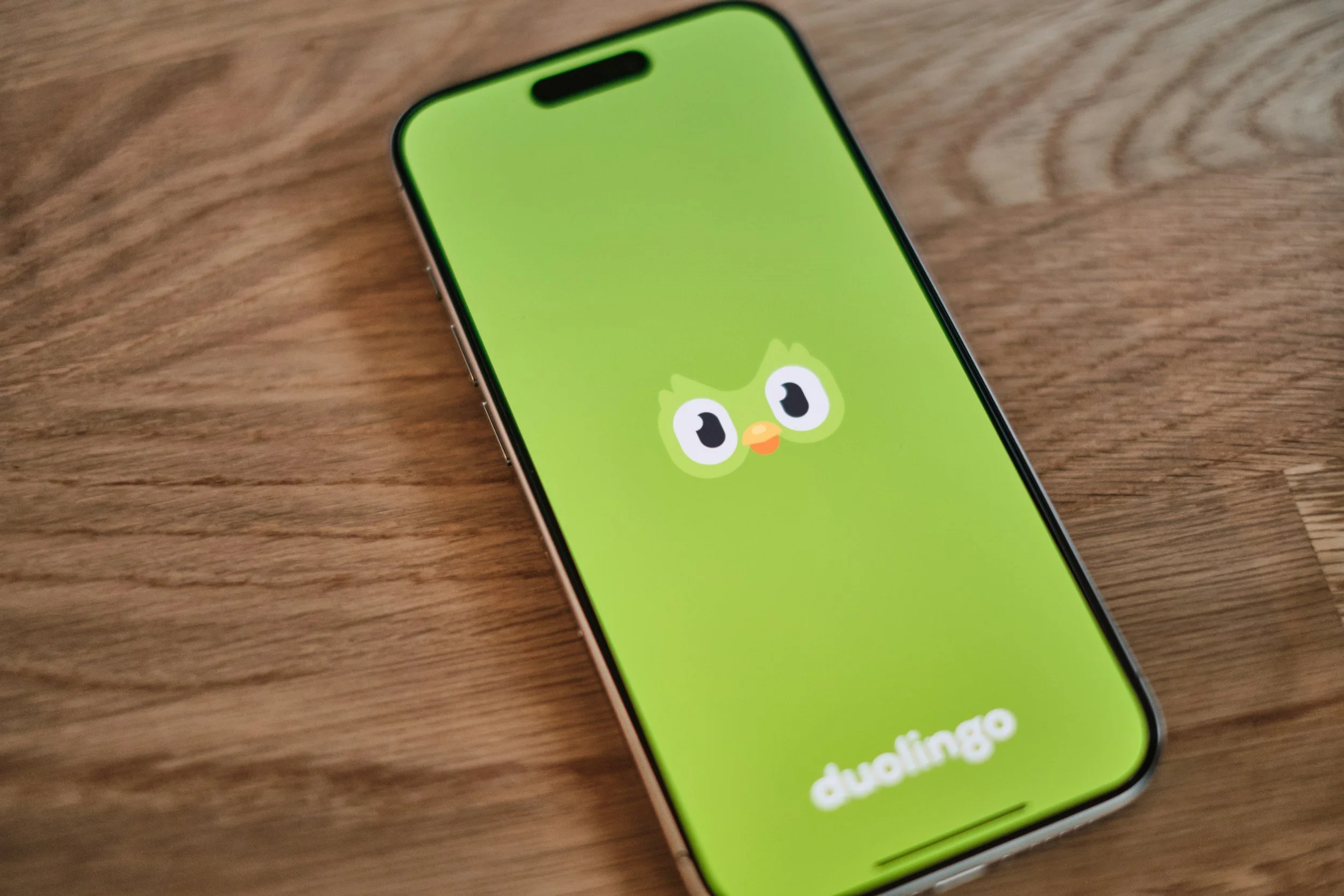The Future of Gaming: Engaging Gen Z
Is your game ready for Gen Z? Because they’re here, they play differently, and they’re reshaping the industry. By 2026, Gen Z will be the largest spending audience in gaming, and they’re already setting trends.
What Makes Gen Z Unique?
Gen Z plays more than any other generation. Mobile gaming alone has grown by 9% since 2020, and 82% of them play on their phones—but they’re also active on PC and console. More importantly, they’re ready to spend, surpassing Millennials and Gen X in gaming-related purchases.
To understand what this means for developers, Michail Katkoff sat down with Tobias Knoke, Head of Gaming, EMEA at Google. Tobias shared deep insights into how Gen Z discovers, engages with, and spends on games—and what developers must do to capture their attention.
For a full deep dive, listen to the full podcast episode. But if you want the key takeaways, keep reading.
The Passion Without Loyalty Paradox
Gen Z is passionate about gaming—but not tied to specific titles. Unlike Millennials, who might stick with one or two games for years, Gen Z hops between multiple titles at once.
This completely changes how developers should think about retention. Instead of trying to keep players locked into a single game, Tobias suggests focusing on game ecosystems—a network of connected games that complement each other instead of competing for attention. The goal isn’t to make them stay in one place—it’s to make sure they stay with you.
The Creator Economy: The Primary Channel
Traditional marketing still has its place, but for Gen Z, discovery happens elsewhere. Social media is the top way they find new games, and within that, video content—especially from creators—is king. Compared to previous generations, they’re far more likely to try a game if a creator they follow is playing it. That’s why having a strong creator strategy isn’t optional—it’s essential.
"I think the impact of creators is underestimated," Tobias noted.
Companies like Supercell, Wargaming, and Ubisoft have nailed this by integrating creators at every stage:
Development: Bringing creators in early for feedback and testing
Launch: Partnering with authentic voices instead of running traditional ads
Live Operations: Keeping creators involved with ongoing content and updates
For smaller studios, Tobias suggests a simple first step: find the YouTubers already talking about your game, start a conversation, and test small collaborations. Mishka adds that the best partnerships feel organic, not transactional.
The Social Circle Effect
Beyond what’s trending in their feeds, Gen Z is deeply social when it comes to gaming. Their friends play a huge role in what they play—and whether they keep playing.
Let’s break it down:
34% of Gen Z plays games primarily to socialize (compared to 26% of other generations).
They’re more likely than anyone else to quit or return to a game because of their friends.
Tobias put it perfectly:
"You need to think about them not as individuals but as circles of friends," Tobias explained. "If you lose one player, you might be losing three and vice versa if you manage to re-engage all of them." This interconnectedness means social influence significantly impacts both adoption and churn.
For developers, this means old-school re-engagement tactics aren’t enough. The best strategies now tap into social connections with features like:
Friend suggestions and group invites
Competitive challenges
Social leaderboards
Co-op gameplay and team-based experiences
The Multi-Platform Reality
Gen Z plays everywhere. Mobile, PC, console—they don’t pick one, they pick all of them.
Older generations tend to be device-first—they choose a platform, then find games to play on it. Gen Z flips this. They care about the game first and expect it to be available on whatever device they’re using at the moment.
This means developers should stop thinking in silos and start designing for fluid, cross-platform play. Some key trends:
Gen Z plays more across mobile, PC, and console than any other generation.
Tablet gaming is on the rise (usage jumped from 17% in 2020 to 22% in Q2 2024).
Seamless multi-platform experiences are becoming the norm, not the exception.
If your game isn’t meeting them where they are, someone else’s will.
Monetization: What Works and What Doesn’t
Gen Z has strong opinions on monetization. Some things they’re willing to pay for—others? Hard pass.
Here’s what the data says:
🚫 Intrusive ads? No thanks. 36% of Gen Z quits games because of disruptive ads.
✅ Rewarded ads? Sure, if the value is fair. They’ll engage if they feel like they’re getting something worthwhile.
🔥 Premium cosmetics? Absolutely. Unique skins, status items, and customization are in high demand.
In short: If monetization feels like a cash grab, they’re out. The best models feel rewarding, not annoying.
The Bottom Line
Gen Z is changing the gaming industry in a big way. They’re social-first, multi-platform, and demand better engagement, better discovery, and smarter monetization.
If you’re a developer, here’s what matters most:
✔ Design for Social Circles: If one player leaves, their friends might leave too—but re-engage them, and they all might come back.
✔ Prioritize Creator Partnerships: Influencers are the key to discovery and engagement.
✔ Keep LiveOps Strong: Gen Z is demanding—constant updates and fresh content are a must.
✔ Think Multi-Platform: They expect seamless experiences across mobile, PC, and console.
✔ Refine Monetization: No disruptive ads. Focus on high-value, player-friendly models.
PS. The AI Question: What Does Gen Z Think?
AI is shaking up the gaming industry—but how does Gen Z feel about it? Do they care? Are they even noticing?
The real answer might surprise you. Tobias shared some unexpected insights on how AI is shaping their gaming experiences—sometimes in ways they don’t even realize.
For a full breakdown, check out the podcast episode.








